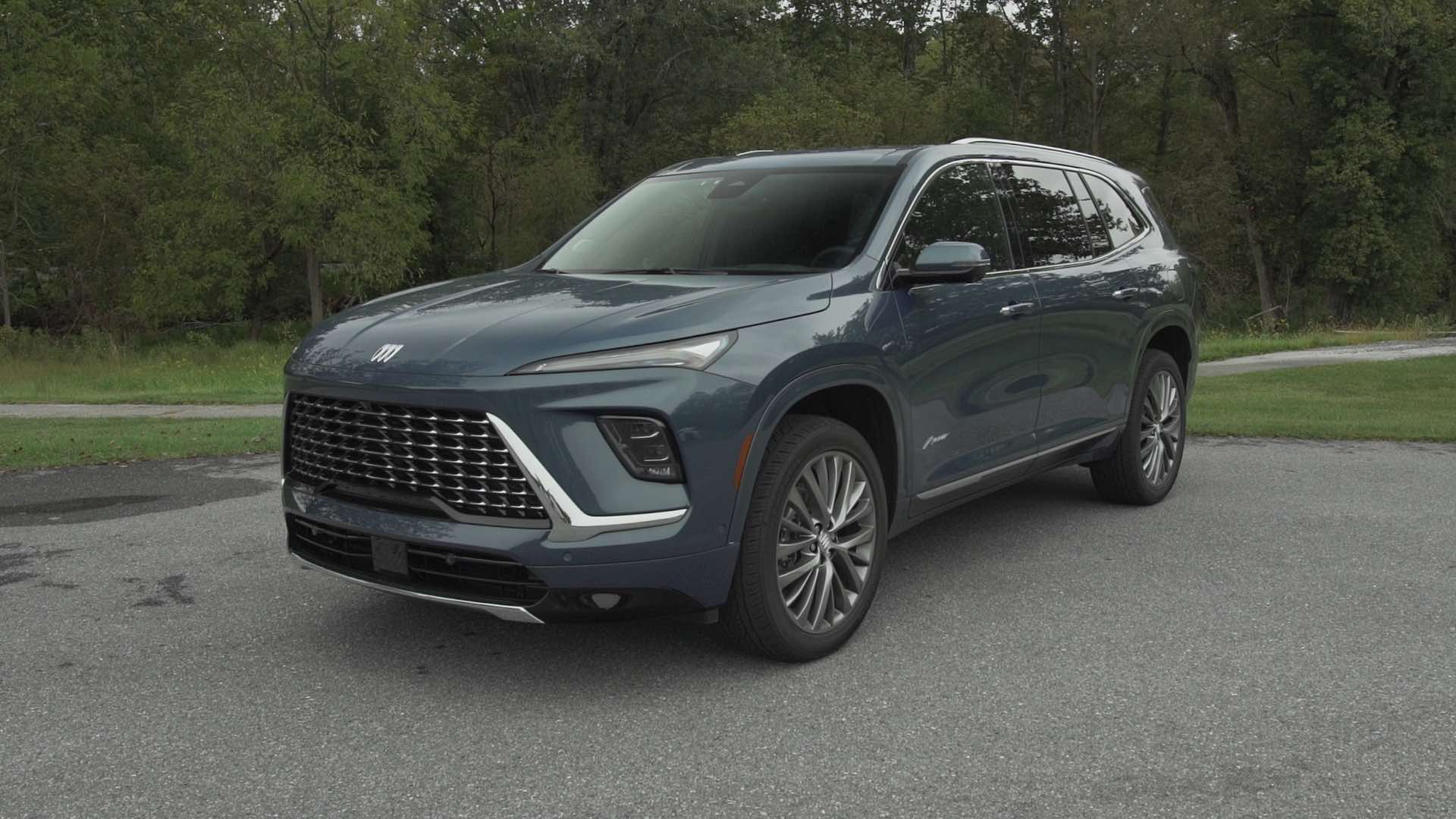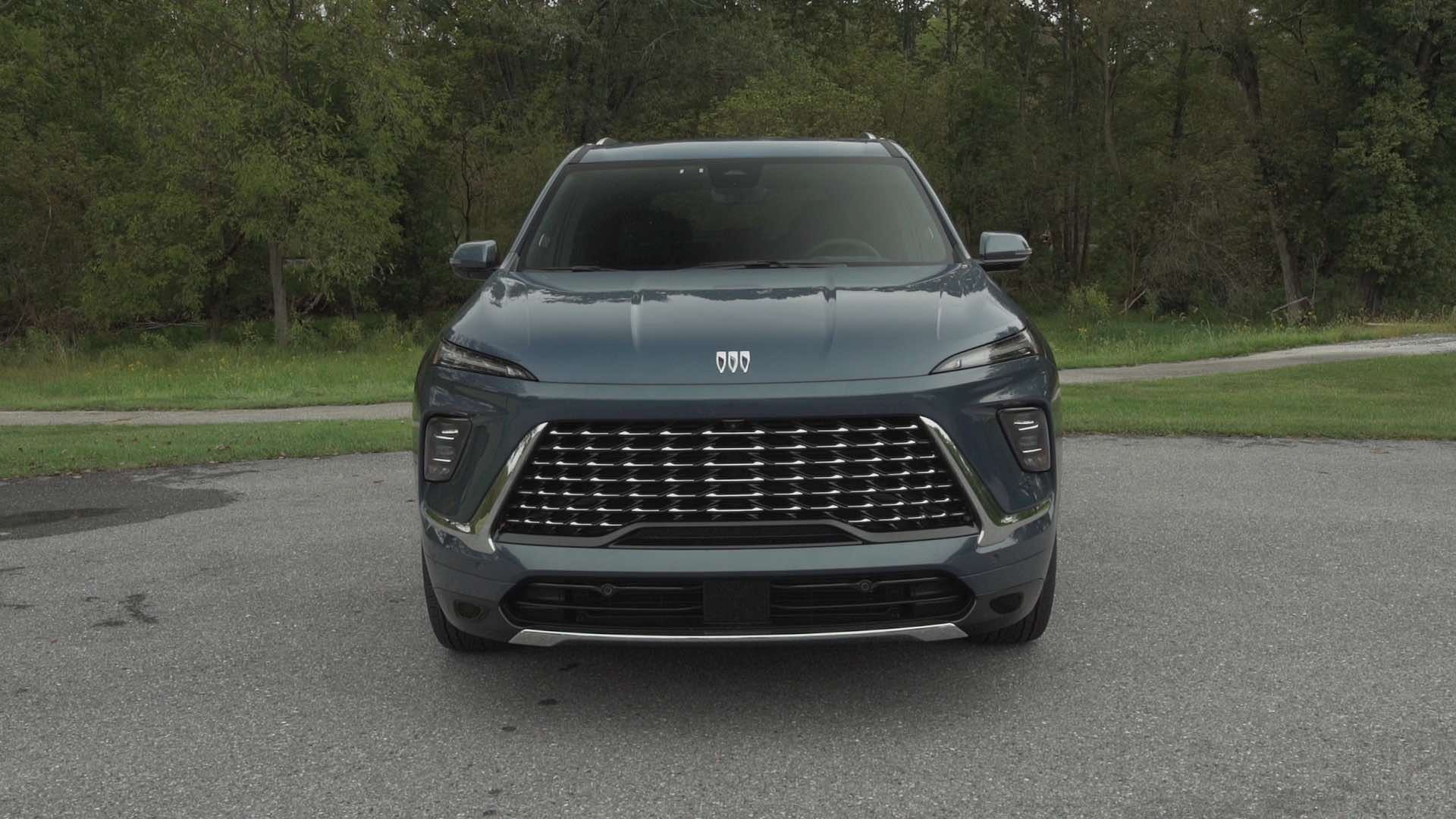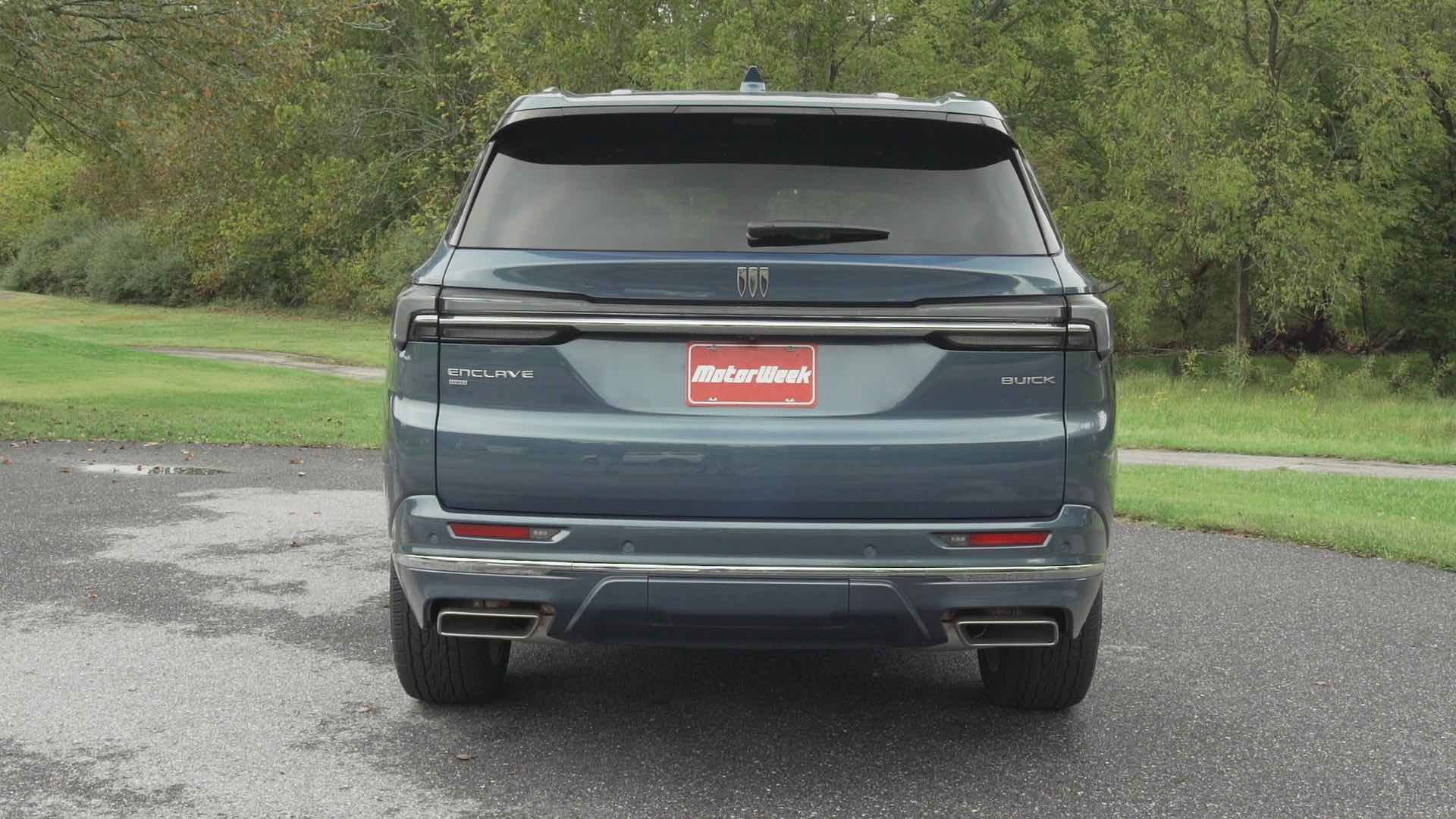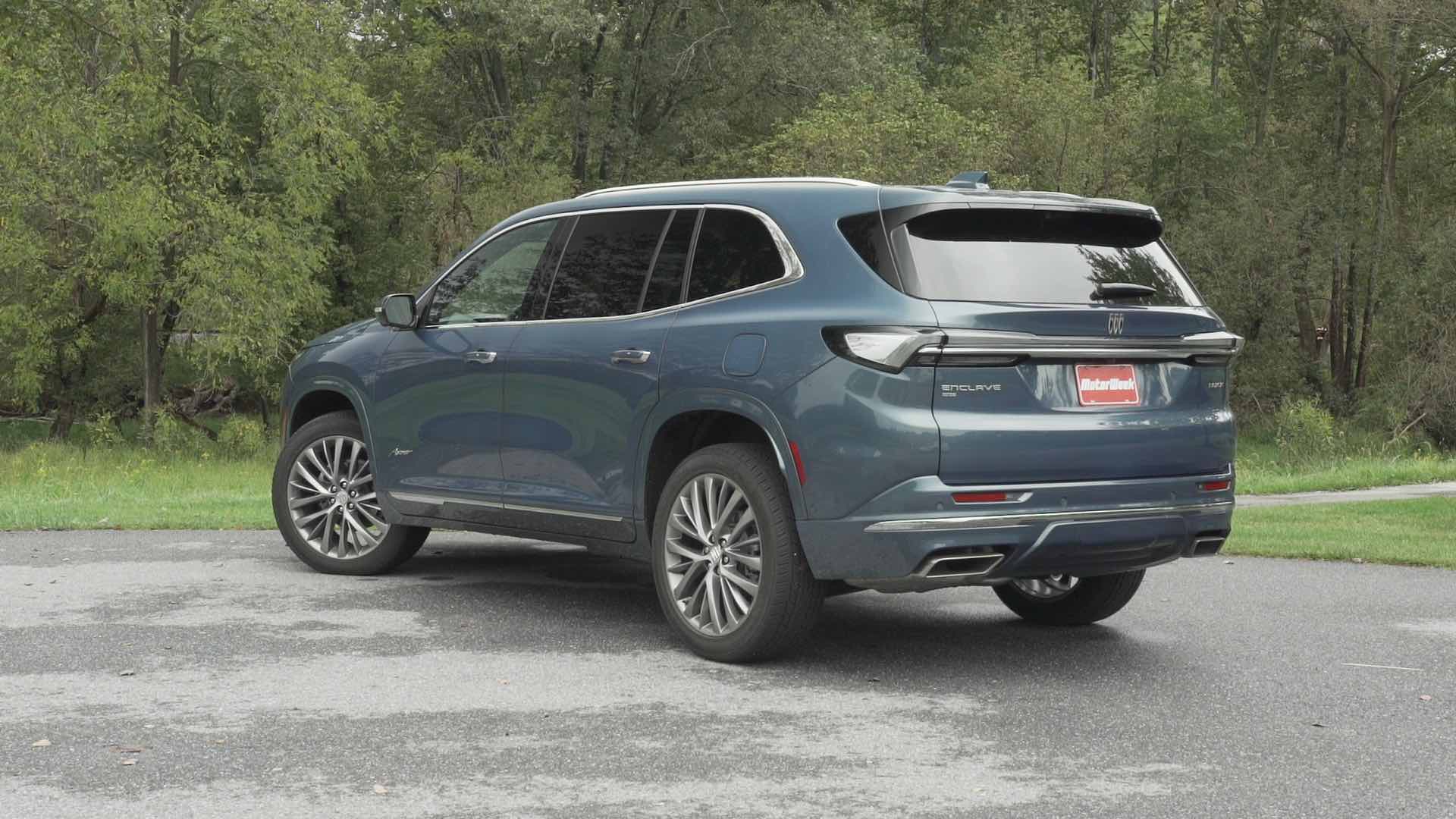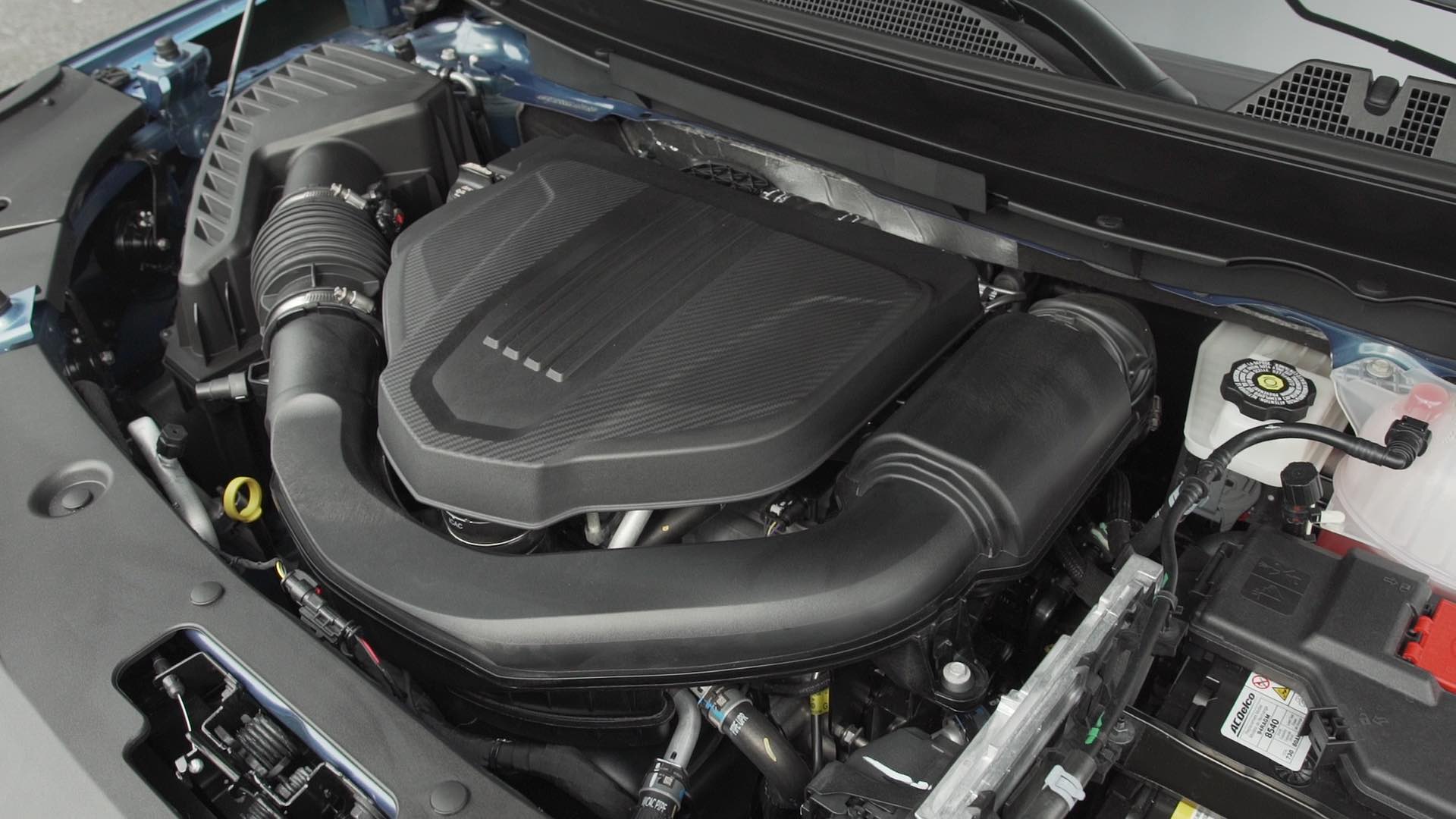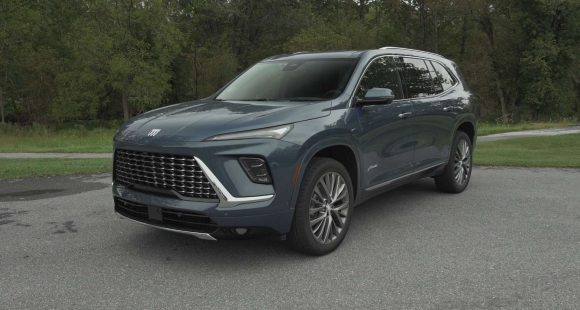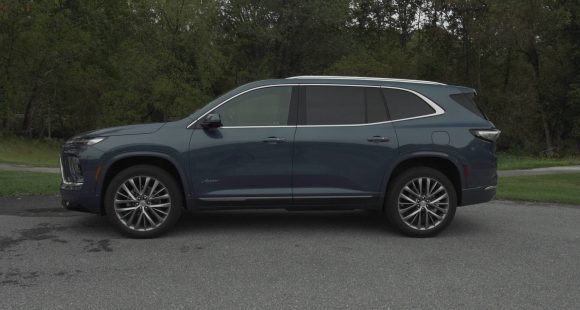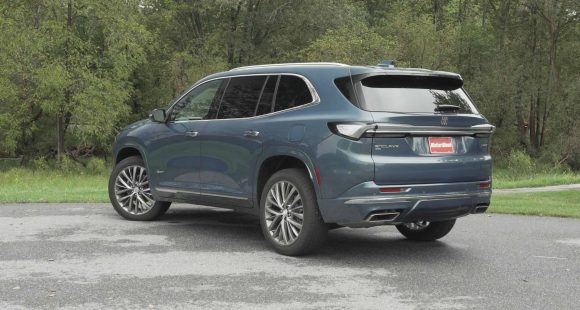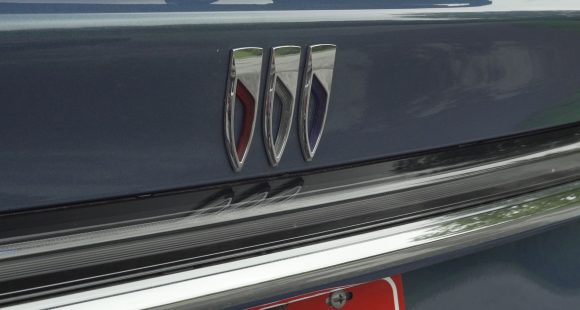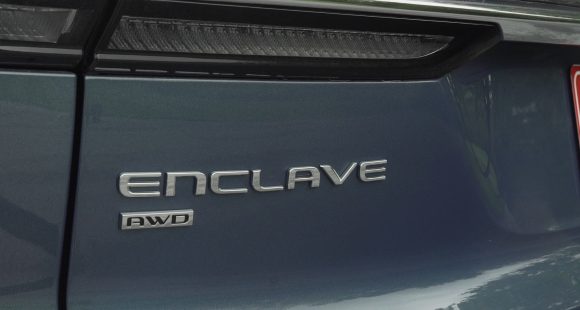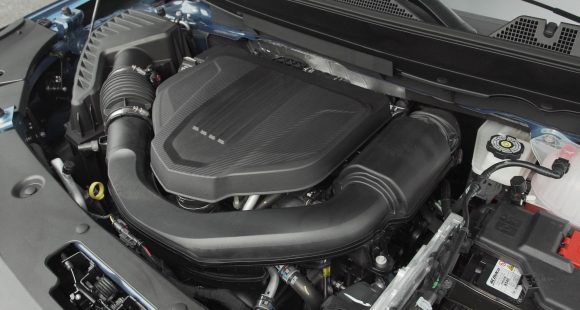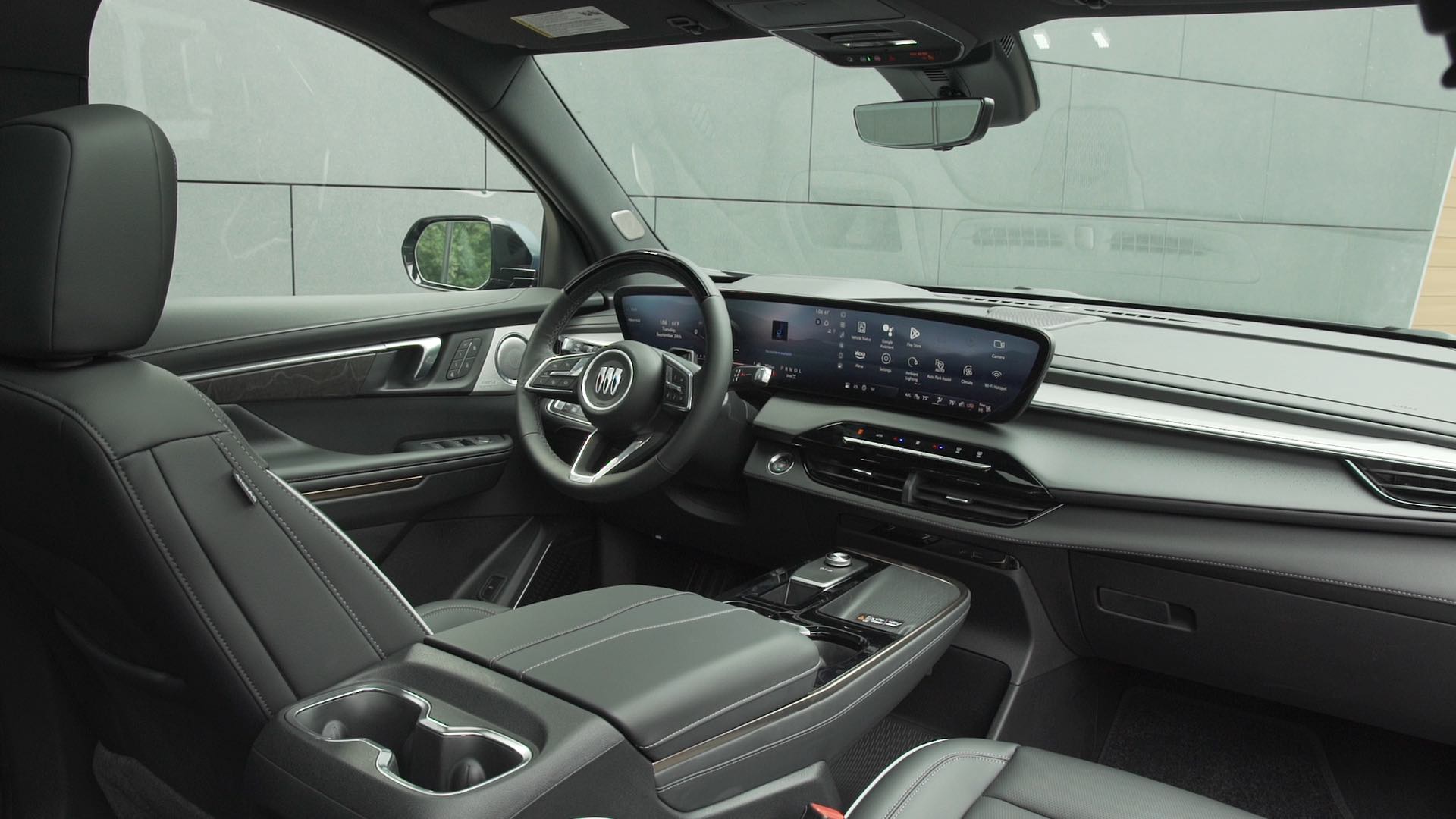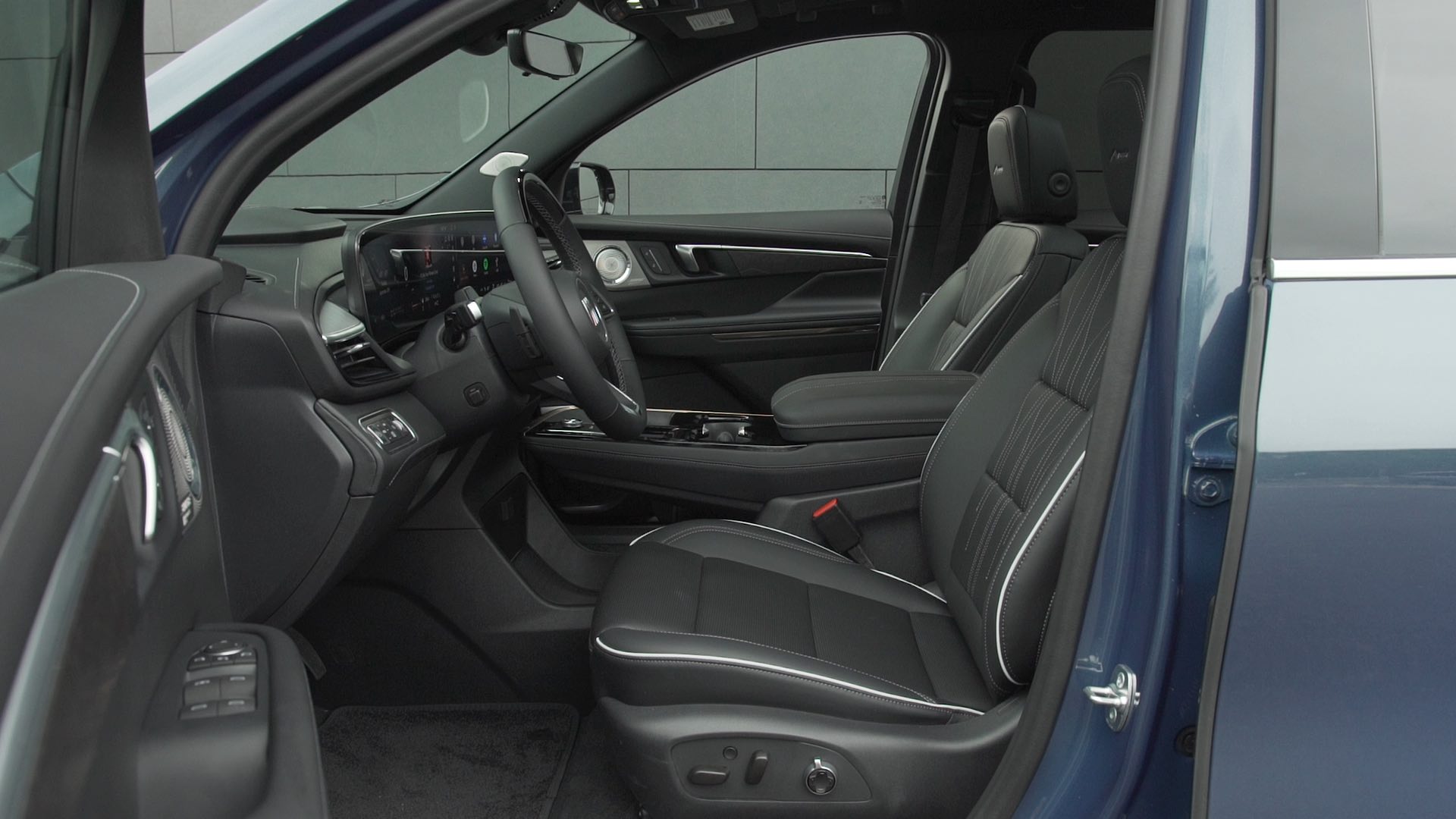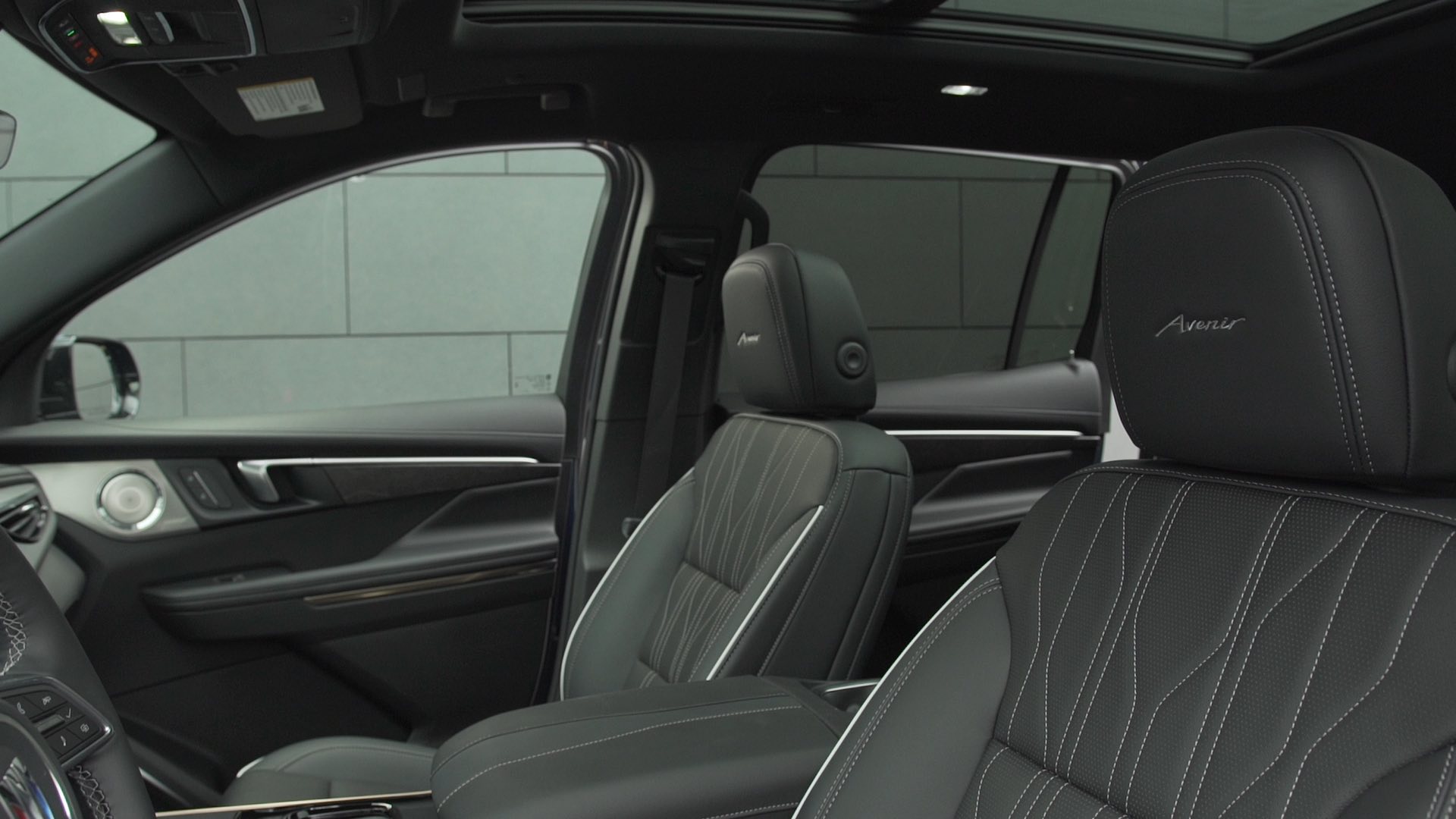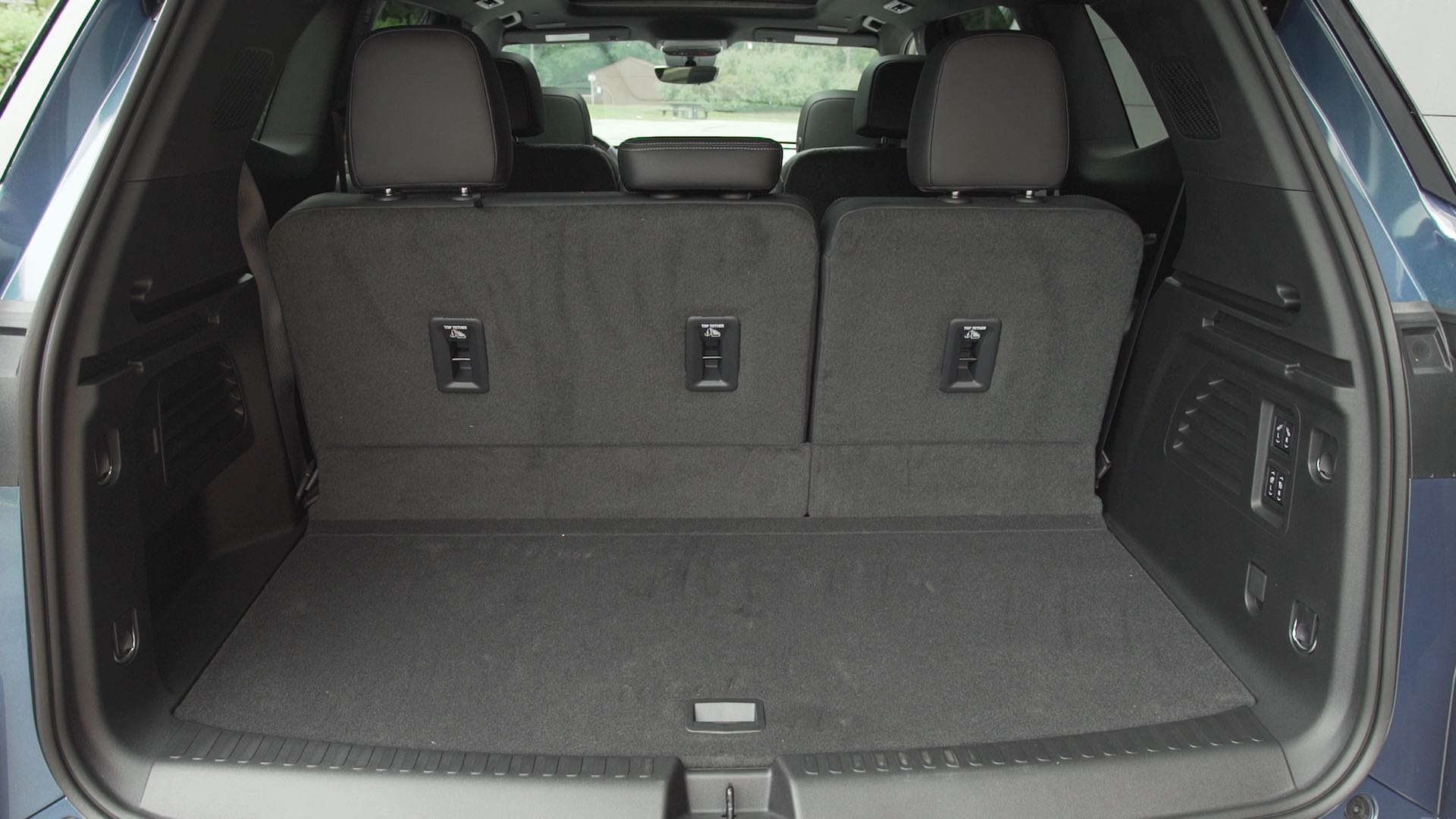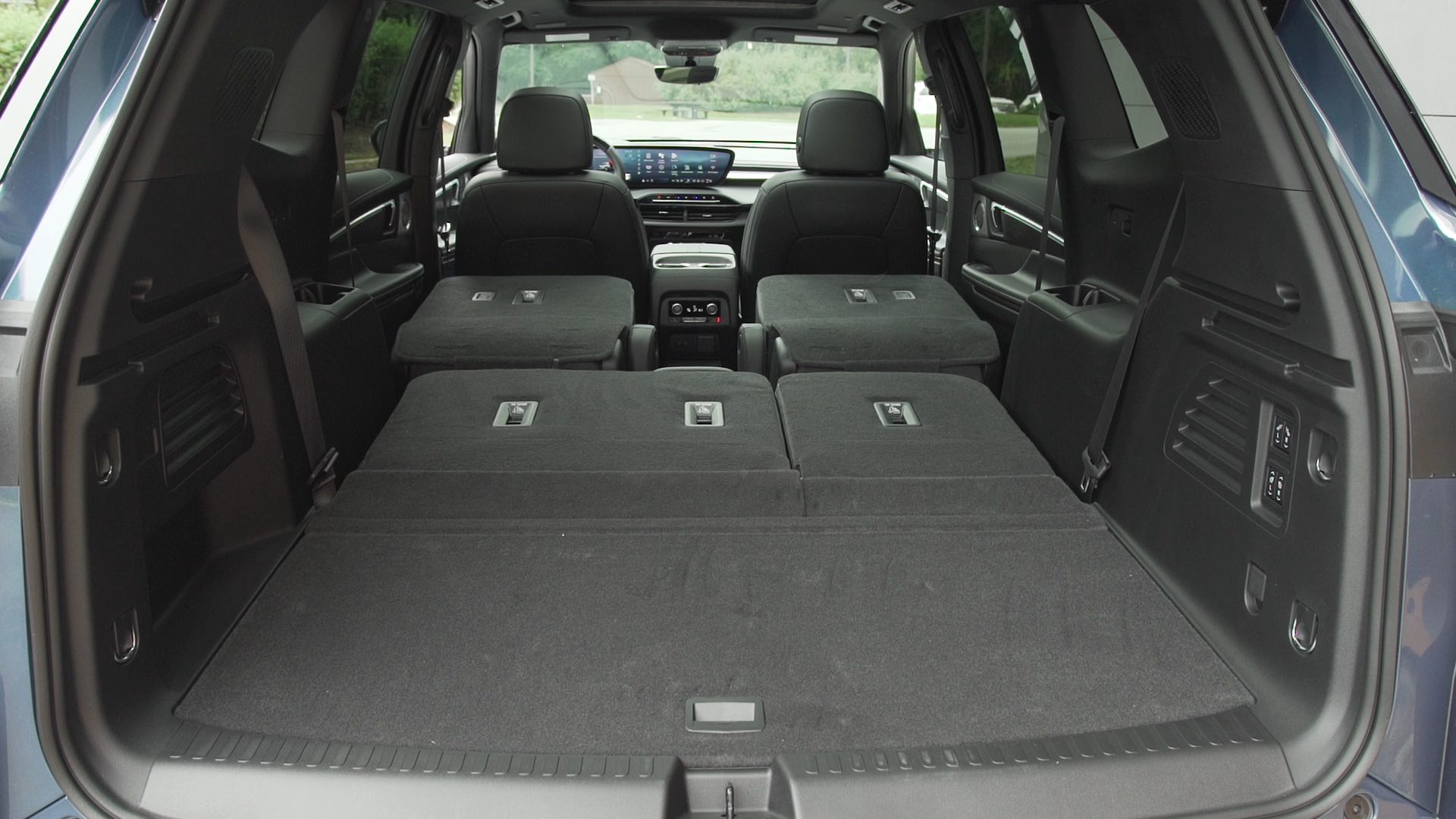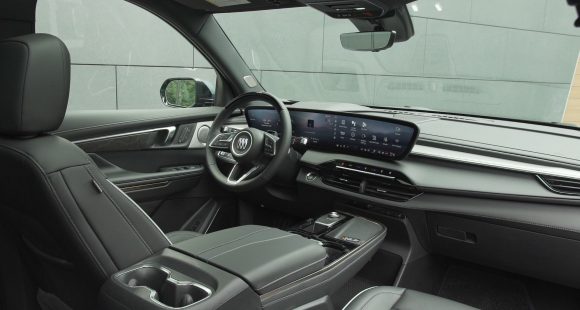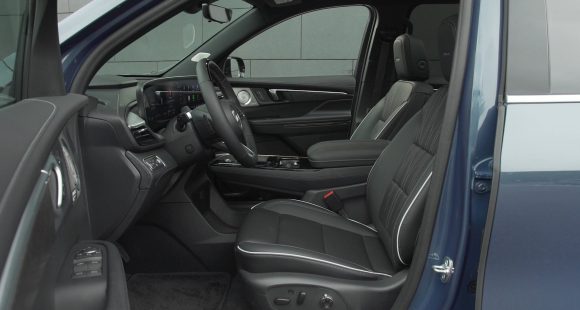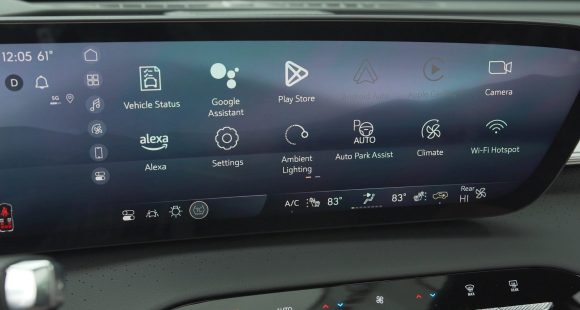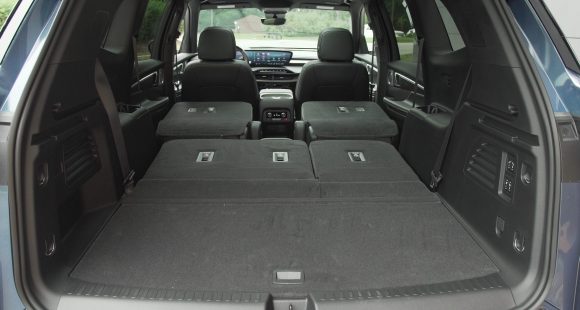2011 Cadillac CTS Coupe
Now in its second generation, the Cadillac CTS sedan has proven to be the pivot around which GM’s luxury brand has turned both status and market share. And like any smart car maker, they’ve built on that success by adding a high performance V-series variant, a sport wagon, and now a slick two-door coupe. While the luxury-sport coupe market is small, it makes up for volume with big buyer impact. So now’s our chance to see if the new CTS coupe hits its mark.
For starters, the 2011 Cadillac CTS Coupe is a stunner. Its dynamic Art & Science front fascia transfers over nearly unchanged from its four- and five-door stablemates. But, from there back, everything else has been honed to give this luxury sport coupe an even more aggressive stance. A faster windshield drops the Coupe’s roofline two inches from the sedan’s, a clipped rear overhang cuts three inches stem to stern, while the rear track steps out two inches.
So, despite being built on the Sigma chassis 113.4-inch wheelbase used by the sedan and wagon, the CTS Coupe looks like its own animal. One with claws shod with stylish 18- and 19-inch alloys that completely fill the wheel wells with wider tires at the rear. And they all hide massive disc brakes that reside at all four corners.
In profile, the wedge-shaped Coupe bears simpler lines than its siblings with a knife-edged, fast back roof NASCAR could love. Touch-pad handles tucked on the trailing edges of the Coupe’s long doors keep the big coupe’s lines shaved to design-sketch simplicity. Roll down the windows for a B-pillar-less true hardtop look.
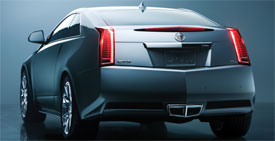 At the rear, the Coupe’s unique character is further defined. A chevron-shaped stop-light spoiler mounts atop the tall decklid, set between trademark vertical taillights, and above angular twin center-exit exhaust ports.
At the rear, the Coupe’s unique character is further defined. A chevron-shaped stop-light spoiler mounts atop the tall decklid, set between trademark vertical taillights, and above angular twin center-exit exhaust ports.
The CTS sedan and sport wagon’s optional 3.6-liter, direct-injected, twin-cam V6 is a Coupe standard, delivering the same 304 horsepower and 273 lb-ft of torque. Like all world-class luxury sport coupes, manual transmissions are in play. Rear drive Coupes sport a revised Aisin six-speed manual as standard.The all-wheel drive Coupe comes with a six-speed manual-shift automatic, which is also optional with rear-wheel drive.
Government Fuel Economy Ratings are 16 City/25 Highway for the manual, and 18 City/27 Highway for the automatic, all on regular gas.
To fit a more aggressive behavior, the coupe’s suspension gets a number of key upgrades, including smaller-diameter front, and larger-diameter rear sway bars, along with stiffer dampers all around. A limited-slip differential and stability and traction control naturally are standard.
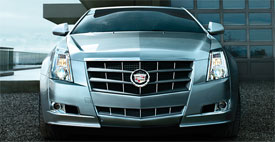 Together they give the CTS Coupe an even more planted feel than the sedan. We noted on our Napa Valley, California preview drive that there is some tradeoff in ride comfort, but it’s acceptable given the CTS coupe’s sharper response and decreased body roll when compared to the sedan. Front and rear balance seems near perfect as this car slingshots around corners and down the road. Zero to 60 is dispatched in six seconds with the manual.
Together they give the CTS Coupe an even more planted feel than the sedan. We noted on our Napa Valley, California preview drive that there is some tradeoff in ride comfort, but it’s acceptable given the CTS coupe’s sharper response and decreased body roll when compared to the sedan. Front and rear balance seems near perfect as this car slingshots around corners and down the road. Zero to 60 is dispatched in six seconds with the manual.
As you would expect, the supercharged V-Series treatment kicks this coupe’s fine performance equation up another couple of notches. We’ll cover that car in detail in a few weeks.
Inside, the CTS’ dynamically flared interior treatment is back. With thick-rimmed wheel, motorcycle-like analog gauges under a no glare hood, and a water-fall center stack, everything looks both serious and inviting, including optional Bose 5.1 surround sound, 40-gig hard drive, and pop-up navigation.
The standard front bucket seats are comfortable, but a bit flat. We prefer the optional Recaro Sport seats. They are thickly-bolstered and do a proper job of keeping you in place during enthusiastic driving.
Even though this is a 2+2, rear seat legroom shrinks by less than an inch compared to the sedan. But, the coupe’s sexy roofline cuts rear headroom down by over 2 1/2 inches. Still, the CTS Coupe has more rear legroom than either the BMW 3-Series or Infiniti G-Series Coupes. The flip-side of the fine interior equation is a small trunk- at 10.5 cubic feet. Still, for more stow and go, the Coupe’s rear seat does fold flat.
Prices for the 2011 CTS Coupe are competitive to rivals, starting at $38,990. All-wheel drive adds $1,900 more, while options can easily push it over 50 grand.
With a sedan, a wagon, and now a luxury sport coupe, the CTS stable looks complete. All of our favorite facets of the sedan have been left intact-or improved upon-for the new Coupe. The 2011 Cadillac CTS Coupe not only hits its mark, it blasts right through it.
Specifications
- Engine: 3.6-Liter Direct-injected Twin-cam V6
- Horsepower: 304
- Torque: 273 Lb Feet
- 0-60 MPH: 6.0 Seconds
- EPA: 16 MPG City/ 25 MPG Highway
2025 Buick Enclave
Buick’s Biggest Utility Gets More Premium Look, Less Premium Powertrain
Buick is now an all SUV brand with the three-row Enclave sitting at the top of their lineup. And for this all-new third generation, it looks like Buick has finally given it the true flagship treatment it deserves. Reason enough for us to see what else new this posh performer has in store.
Don’t think of this 2025 Buick Enclave as just a new third generation of Buick’s largest three-row SUV, but more of a total reboot for a luxury segment pioneer. Part of that reinvention is swapping out the 3.6-liter naturally aspirated V6 engine, that has been the heart of this large crossover since it arrived on the scene for 2008, for a new 2.5-liter turbocharged four-cylinder.
Though using two fewer cylinders, it rates 18 more horsepower at 328. The gain in torque is even greater, climbing from 266 to 326 lb-ft.
Power from a start and when tooling around town feels pretty good, but you do notice that engine working hard under the hood; there is more engine noise and it’s not as smooth as many competitors who have also made the switch to turbo-four power. Max towing rating remains at 5,000 lbs. The new standard automatic transmission loses a gear, dropping from nine to eight, a simplifying move we applaud. All-wheel drive is a $2,000 option with all trims.
The Enclave rides on the same front-wheel-drive based chassis that supports the Chevrolet Traverse and GMC Acadia. It remains the most luxurious of the three, though all have made big upward strides. And that luxurious feel is very evident inside where things appear special without flaunting it. Materials are vastly improved over the last gen, especially in top Avenir trim which is the choice for most Enclave buyers.
Front seats are very comfy, well suited for long days of highway travel. It’s hard to miss the 30-inch ultra-wide display, similar to Cadillac’s. It is big, but not intimidating as operation is very logical and you can easily configure things as you want them, including bringing the nav screen up full in front of the driver.
Front seats are very comfy, well suited for long days of highway travel.
Between the seats is a very substantial console with lots of storage space and standard wireless phone charging. There is definitely room for full-size adults in all three rows of seating. Big, plush captain’s chairs with all trims for the second row; and a less plush but still comfortable three-place third row.
GM’s Super Cruise has now made it to Buick’s lineup, available as a standalone package for any trim. It remains a favorite of ours for hands-off highway cruising. Despite feeling adequately powered on the street, the Enclave’s turbo-four felt a little out of its element at our Mason Dixon Dragway test track. There was very little jump off the line, just a slow wind up to 60 of 8.0 seconds, with the quarter-mile completed in 16.0 seconds flat at 92 mph.
We could really feel the Enclave’s weight in our handling course, about 150-lbs. over last year, even with less motor under the hood. But there was very little body roll, and no excessive oversteer or understeer. In panic braking runs, there was good feel through the pedal, and solid stops from 60 averaging a fine 111 feet.
To all of our eyes, the Enclave is bigger yet much better looking than before. Now more sophisticated using Buick’s PURE philosophy which emphasizes Purity in design, Unexpected details, Refined finishes, and Exceptional execution.
With all-wheel drive, Government Fuel Economy Ratings are 19 City, 24 Highway, and 21 Combined; we managed a great 24.9 mpg of Regular. That’s a slightly below average Energy Impact Score, consuming 14.2 barrels of oil yearly, with 7.0 tons of CO2 emissions.
No more Essence or Premium Enclaves, as the new gen brings new trim names along with it; the base option now being Preferred which starts at $46,395, and unless you choose white, you’ll be paying extra for all exterior colors. Just a short step from there to the Sport Touring for $48,795, and then a much bigger bounce up to Avenir at $59,395.
With so many big utes now aimed at luxury and near luxury buyers, it’s getting harder and harder for Buick to stand out. Being an all-utility brand, with one of the freshest lineups in the industry, will no doubt help. The 2025 Buick Enclave is a very stylish, well-equipped, well executed large three-row crossover that’s priced right.
Specifications
As Tested
- Engine: 2.5-liter turbo-4
- Transmission: 8-speed automatic
- Horsepower: 328
- Torque: 326 lb-ft.
- EPA: 19 City | 24 Highway | 21 Combined
- 0-60 mph: 8.0 seconds
- 1/4 Mile: 16.0 seconds at 92 mph
- Braking, 60-0 (avg.): 111 feet
- MW Fuel Economy: 24.9 mpg (Regular)








